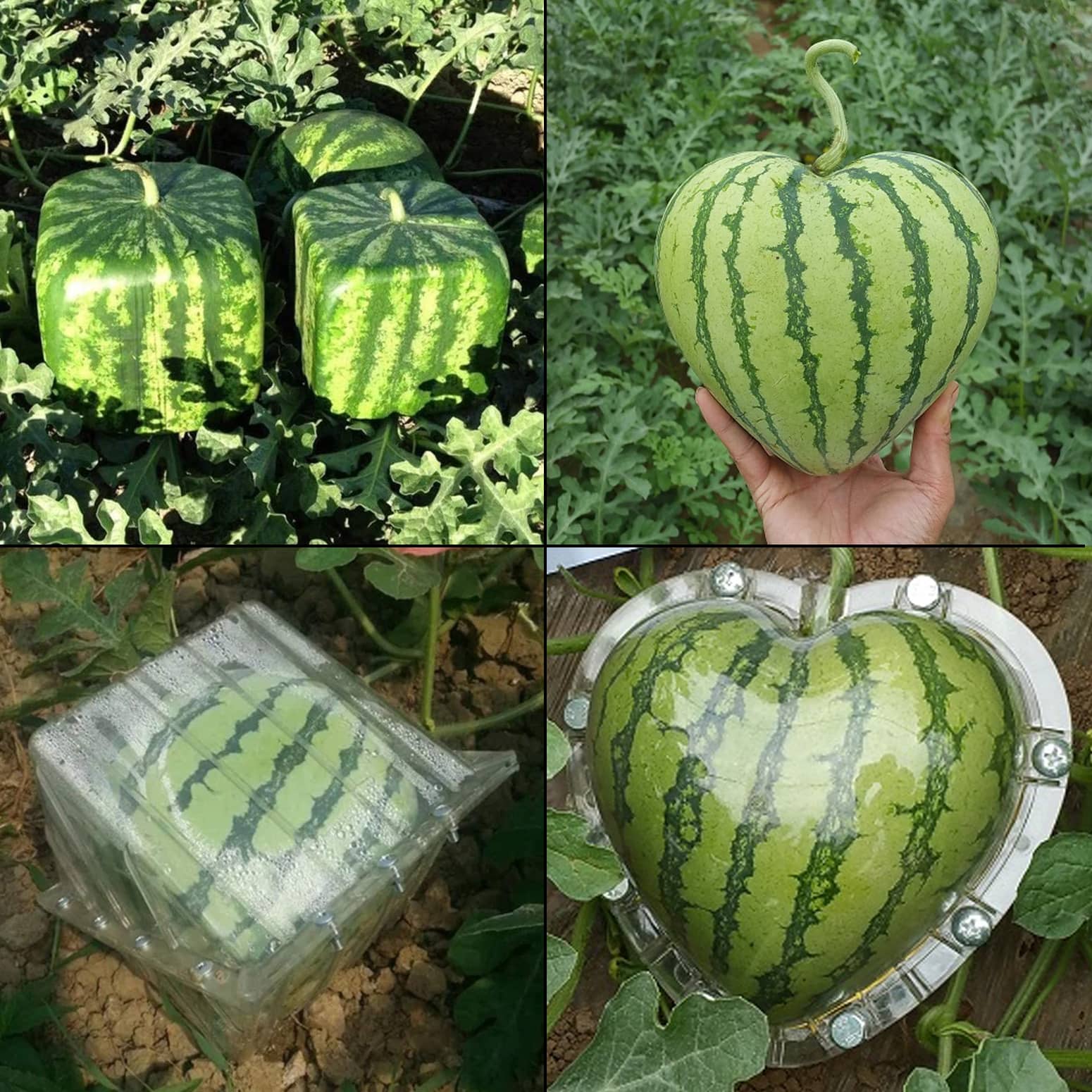Week 6: BioTech & Art
This week’s topic was extremely interesting and thought-provoking. While I was aware of the existence of widely used GMO food items, I was shocked to see how far humans have taken biotechnology and art in the matter.
One question that came to my mind while watching this week’s lecture videos was “How did our common food items look like before genetic modification took place?”. It could be the fact that “for thousands of years, farmers have been adjusting the traits of crops and livestock through a process called selective breeding” (Climate Science), which I believe is in itself a form of art and a mixture of biology and technology. I would like to propose a few examples of this and GMO foods in general.
One fascinating example of this is the fact that “peaches used to be about the size of a cherry, with little flesh and a slightly salty taste” (FoodInsight, 2016); however, due to selective breeding, “peaches are now 64 times larger, 27 percent juicier, and 4 percent sweeter” (Lewis, 2018).
 |
| Figure 1: Showcasing the difference between peaches over 6 thousand years ago and today. Credit: James Kennedy |
Another case I came across that made me think more about this topic is the case of the purple tomato. In this case, scientists at the University of East Anglia developed this purple-colored tomato in hopes of finding good health benefits in the end. They released a study showing that “purple tomatoes had double the shelf life of their red cousins” (Sottile, 2022) which showcases the power (and benefit) of genetically modifying our food. This tomato might soon be available in markets for commercial purchase.
 |
| Figure 2: Genetically modified purple tomatoes. Credit: Sasa Woodruff |
Lastly, I would like to bring to your attention another case that combines art, biology, and technology: the square watermelon. Even though there is no taste difference in a watermelon in the shape of a square, there are other benefits. First, one must note that this entire concept is based on the graphic designer Tomoyuki Ono who “wanted to create a square watermelon, for the sake of convenient fruit, wishing to create a produce that was easily stackable in the fridge” (Renee, 2022). Overall, almost any fruit can be molded into almost any shape, it just takes time and effort.
 |
| Figure 3: Cube- and hear-shaped watermelons showcasing the end results (top left and top right) as well as the mold used to produce said results (bottom left and bottom right). Credit: The Green Head |
To conclude, I have gained tremendous knowledge about genetically modified and selectively bred fruit. While this post does not cover every aspect of biology, technology, and art, I hope that it has been, at least, fruitful.
References:
ClimateScience. “Selective Breeding: How Farmers Make Food Better | ClimateScience.” Climatescience.org, 14 Dec. 2020, climatescience.org/advanced-food-selective-breeding.CNN, Zoe Sottile. “A New, Genetically Modified Purple Tomato May Hit the Grocery Market Stands.” CNN, 17 Sept. 2022, www.cnn.com/2022/09/17/business-food/purple-tomato-gmo-scn-trnd/index.html.
Food Insight. “Then vs. Now: Our Favorite Foods before and after Genetic Modification.” Food Insight, 24 Feb. 2016, foodinsight.org/then-vs-now-our-favorite-foods-before-and-after-genetic-modification/.
Kennedy, James. “Artificial vs Natural Peach.” James Kennedy, 9 July 2014, jameskennedymonash.wordpress.com/2014/07/09/artificial-vs-natural-peach/.
Lewis, Tanya. “Here’s What Fruits and Vegetables Looked like before We Domesticated Them.” ScienceAlert, 2018, www.sciencealert.com/fruits-vegetables-before-domestication-photos-genetically-modified-food-natural.
Renee, Alex. “Taking a Deeper Look at Japan’s Square Watermelons.” TheRecipe, 21 Feb. 2022, www.therecipe.com/taking-a-deeper-look-at-japans-square-watermelons/.
The Green Head. “Watermelon Shaping Molds - Square or Heart Shapes.” The Green Head - Finds Cool New Stuff!, 2021, www.thegreenhead.com/2021/06/watermelon-shaping-molds-square-or-heart.php.
Woodruff, Sasa. “A New Purple Tomato Is Available to Gardeners. Its Color Comes from Snapdragon DNA.” NPR, 6 Feb. 2024, www.npr.org/sections/health-shots/2024/02/06/1228868005/purple-tomato-gmo-gardeners.
Haha fruitful! Yes, this post was very fruitful. I had no idea that peaches used to be tiny and salty! It's pretty crazy and awesome that people were able to make them big and sweet. The purple tomatoes look yummy. Would love to make a purple caprese salad! The most surprising to me is the square watermelon. I take it from your post that the way they make the watermelons square is by growing them inside molds. This is very safe sounding unlike a lot of the GMO stories we hear. It's reassuring and comforting to hear that not all GMO food is dangerous. Thanks, great post!
ReplyDelete